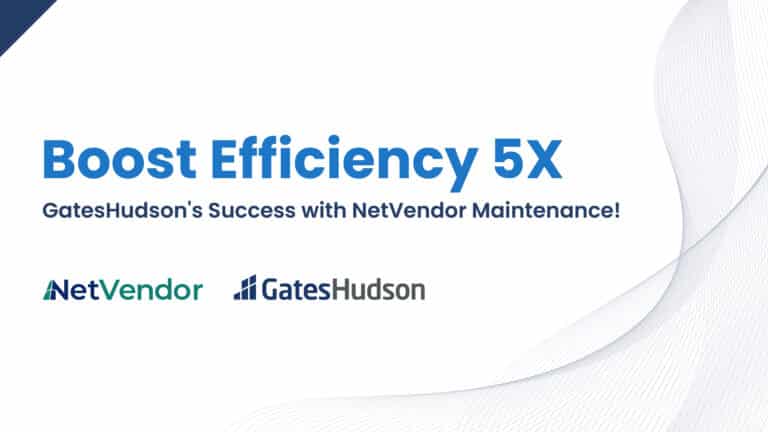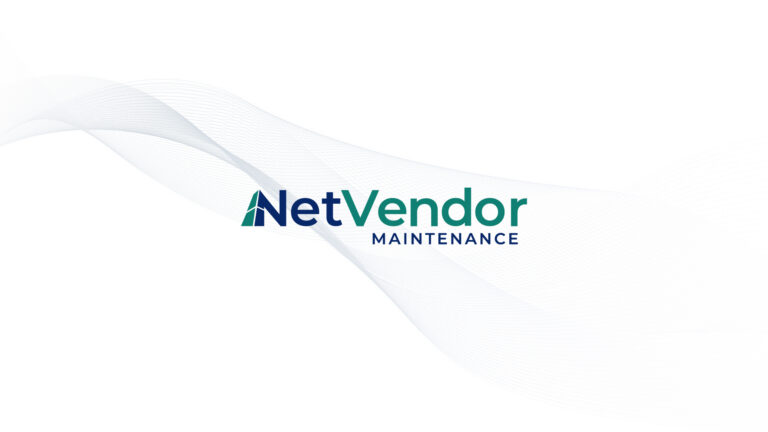Discover how NetVendor’s automated vendor compliance software simplifies automated COI tracking for property management, eliminating the headache of monitoring Certificates of Insurance and helping property managers stay audit-ready.
Introduction: Why COI Tracking Matters Now More Than Ever
In today’s risk-heavy property management environment, automated COI tracking for property management isn’t just a nice-to-have—it’s a critical safeguard. Tracking vendor Certificates of Insurance (COIs) manually can lead to serious liability, coverage gaps, or even legal exposure. Yet for most Property Management Companies (PMCs), COI tracking is still managed in spreadsheets, Outlook folders, and manual calendars.
It’s time to upgrade that process.
This article breaks down how automated COI tracking simplifies compliance, protects your business, improves operational efficiency, and reduces costly vendor non-compliance. We’ll also explore common pitfalls and what top-performing PMCs are doing differently in 2025.
What Is COI Tracking in Property Management?
Understanding the Basics
A Certificate of Insurance (COI) is a document issued by a vendor’s insurance company that proves they carry active insurance coverage. PMCs collect and store COIs to ensure vendors working on their properties are properly insured. For a comprehensive understanding of compliance requirements in multifamily property management, Minut offers an insightful guide on property management compliance.
Why It’s Critical for PMCs
- Reduces liability: A missing or expired COI could leave your company financially responsible for vendor incidents.
- Maintains compliance: Many PMCs are contractually obligated to ensure vendor compliance.
- Enables smoother audits: Having a reliable system in place makes audits faster and less stressful.
The Problem: Why COI Tracking Is Still Broken in 2025
Despite its importance, COI tracking remains one of the most outdated, manual processes in property management.
Common COI Tracking Issues:
- Email chaos: COIs are sent, filed, and lost across different inboxes.
- Spreadsheet overload: PMCs rely on Excel files to log and monitor expiration dates manually.
- Inconsistent enforcement: Field teams often work with vendors whose COIs are expired or missing.
- Reactive audits: PMCs scramble to pull documents during audits instead of having a proactive system.
These issues scale as your portfolio grows—especially when managing hundreds or even thousands of vendors. That’s why more PMCs are turning to automated COI tracking for property management to eliminate risk and reclaim operational efficiency.
The Solution: Centralized, Automated COI Tracking
What Does “Streamlined COI Tracking” Really Mean?
It means replacing outdated manual processes with a system that:
- Automatically requests updated COIs before expiration
- Tracks coverage types and limits for each vendor
- Flags non-compliant vendors
- Offers a real-time compliance dashboard
- Integrates with your Property Management Software (PMS)
NetVendor’s automated vendor compliance software provides exactly this type of streamlined experience.
How COI Automation Works in Practice
1. Vendor Onboarding with Insurance Requirements
When a new vendor is onboarded, NetVendor automatically notifies them of insurance requirements and facilitates the submission of COIs. Custom compliance rules can be configured based on property, service type, or corporate standards.
2. Real-Time COI Validation
Once uploaded, each COI is validated by checking:
- Policy coverage types (e.g. General Liability, Workers’ Comp)
- Required limits (e.g. $1M/$2M coverage)
- Additional insured endorsements
- Expiration and effective dates
3. Auto-Reminders and Escalation
As COIs near expiration, the system sends automatic reminders to vendors. If no action is taken, NetVendor escalates the issue to the PMC for resolution—ensuring accountability.
4. Dashboards and Reporting
PMCs gain real-time visibility into vendor compliance by portfolio, region, or service type. During audits, COIs are instantly downloadable—eliminating the scramble.
Key Benefits of COI Automation
1. Reduced Risk Exposure
Automated tracking ensures you’re always covered—closing gaps that could result in costly liability.
2. Time Savings for Teams
Instead of chasing vendors manually, your ops and accounting teams get real-time dashboards and automated alerts.
3. Scalable Across Portfolios
Whether you manage 5 properties or 500, COI workflows stay consistent—no spreadsheet chaos.
4. Better Vendor Accountability
Vendors receive clear guidance and escalation if they don’t comply—without relying on your team to follow up.
5. Audit Readiness
No more last-minute hunts through emails. COIs are centralized and exportable in a few clicks.
What the Top PMCs Are Doing Differently
In 2025, leading property management companies are moving from reactive compliance to proactive automation. These PMCs have:
- Integrated COI tracking into vendor onboarding workflows
- Moved away from spreadsheets to centralized systems
- Created standard rules for COI requirements across regions
- Adopted audit-ready dashboards to stay compliant year-round
They’re not just collecting COIs—they’re actively managing vendor risk with the help of automation.
How to Evaluate a COI Tracking Solution
When selecting a tool to manage COIs, look for:
- COI Validation: Verify that vendor’s coverage meets your specific insurance requirements.
- Automated Expiration Alerts: Keep vendors compliant without the manual follow-ups.
- Integration with PMS: Sync vendor data with any top PMS and reduce double entry.
- Dashboards and Reporting: Dashboards that support internal tracking and external audits.
- Vendor Communication Tools: Simplify outreach, escalation, and guidance.
NetVendor’s solution checks all of these boxes—designed specifically for PMCs.
Common Questions About COI Automation
Can my vendors easily upload their COIs?
Yes. Vendors receive branded emails with simple upload instructions that typically take less than 10 minutes to submit. Additionally, they will get notified when they’re out of compliance.
How customizable are compliance rules?
NetVendor allows for highly configurable insurance requirements by property, service category, or corporate policy.
What happens if a vendor doesn’t update their COI?
The system escalates the issue to your team while flagging the vendor as non-compliant on your dashboard—ensuring you stay protected.
Final Thoughts: It’s Time to Stop Chasing Paperwork
If your team is still manually tracking vendor insurance through spreadsheets and email, you’re not alone—but there is a better way. With COI automation, property managers can protect their assets, reduce administrative overhead, and streamline operations.
Don’t wait for the next audit to scramble for compliance records. Start simplifying COI tracking now—with a system built for the modern PMC.
Ready to Simplify COI Tracking?
Explore how NetVendor’s automated vendor compliance software can transform your onboarding and insurance workflows.







